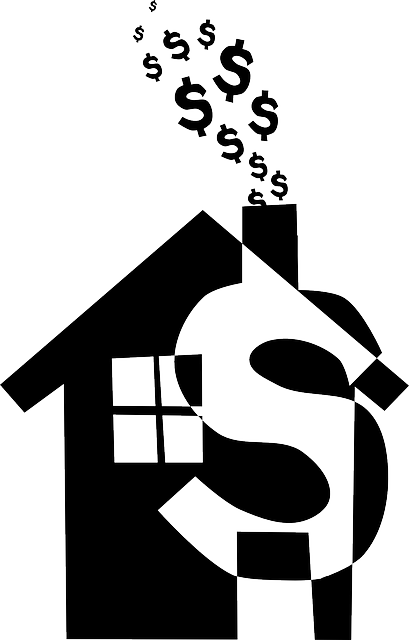Overview
Reverse mortgages and bankruptcy are two separate financial issues that may or may not be related, depending on the specific circumstances of an individual. Here’s a brief overview of each topic and how they can potentially intersect:
- Reverse Mortgage: A reverse mortgage is a type of loan available to homeowners aged 62 or older, which allows them to convert some of their home equity into cash. Instead of making monthly payments, the loan is typically repaid when the homeowner moves out of the home, sells the home, or passes away. The amount of money that can be borrowed through a reverse mortgage is based on factors such as the age of the homeowner, the value of the home, and the current interest rates.
- Bankruptcy: Bankruptcy is a legal process in which an individual or business declares that they are unable to repay their debts. This can be a complex and challenging process that typically involves working with an attorney and filing paperwork with the courts. There are several different types of bankruptcy, but the two most common types for individuals are Chapter 7 and Chapter 13.
How they intersect: If a homeowner with a reverse mortgage is facing financial difficulties and is considering Utah bankruptcy, there are several factors to consider. One important consideration is whether the reverse mortgage is secured or unsecured debt. If the reverse mortgage is secured debt, meaning that the loan is backed by the home itself, then the borrower may be able to keep the home as long as they continue to make their loan payments. If the reverse mortgage is unsecured debt, then the home may be at risk of foreclosure during the bankruptcy process.
In addition, if the borrower is considering bankruptcy, they should also be aware that the bankruptcy process may affect their ability to obtain a reverse mortgage in the future. Lenders may be hesitant to approve a reverse mortgage for someone who has recently gone through bankruptcy, as it could be seen as an indication of financial instability.
Ultimately, the best course of action for someone facing financial difficulties and considering a reverse mortgage and/or bankruptcy will depend on their individual circumstances. It’s important to consult with a qualified financial professional or attorney who can provide personalized guidance and advice.
Attorney Douglas Barrett
If I file Chapter 7 what happens to my reverse mortgage?
If a borrower with a reverse mortgage files for Chapter 7 bankruptcy, the reverse mortgage will be treated as secured debt. This means that the lender will have a lien on the property, and the borrower will be required to continue making their loan payments if they want to keep the home.
However, if the borrower is unable to make their loan payments, the lender may be able to foreclose on the property. In a Chapter 7 bankruptcy, the borrower’s assets are typically sold to pay off as much of their debts as possible. If the value of the home is greater than the amount owed on the reverse mortgage, then the borrower may be able to keep the excess proceeds from the sale of the home. However, if the value of the home is less than the amount owed on the reverse mortgage, the lender may be able to pursue the borrower for the remaining balance.
Conclusion
It’s worth noting that there are some exceptions and nuances to how reverse mortgages are treated in a Utah bankruptcy, and the specifics can vary depending on the individual circumstances of the borrower. Additionally, the laws and regulations around reverse mortgages and bankruptcy can differ by state. It’s therefore important to consult with a qualified Utah bankruptcy attorney who can provide personalized guidance on how a reverse mortgage may be affected by a Utah Chapter 7 bankruptcy filing. We help people in Utah with reverse mortgage file bankruptcy we can also help you. Contact us for a consultation today!
